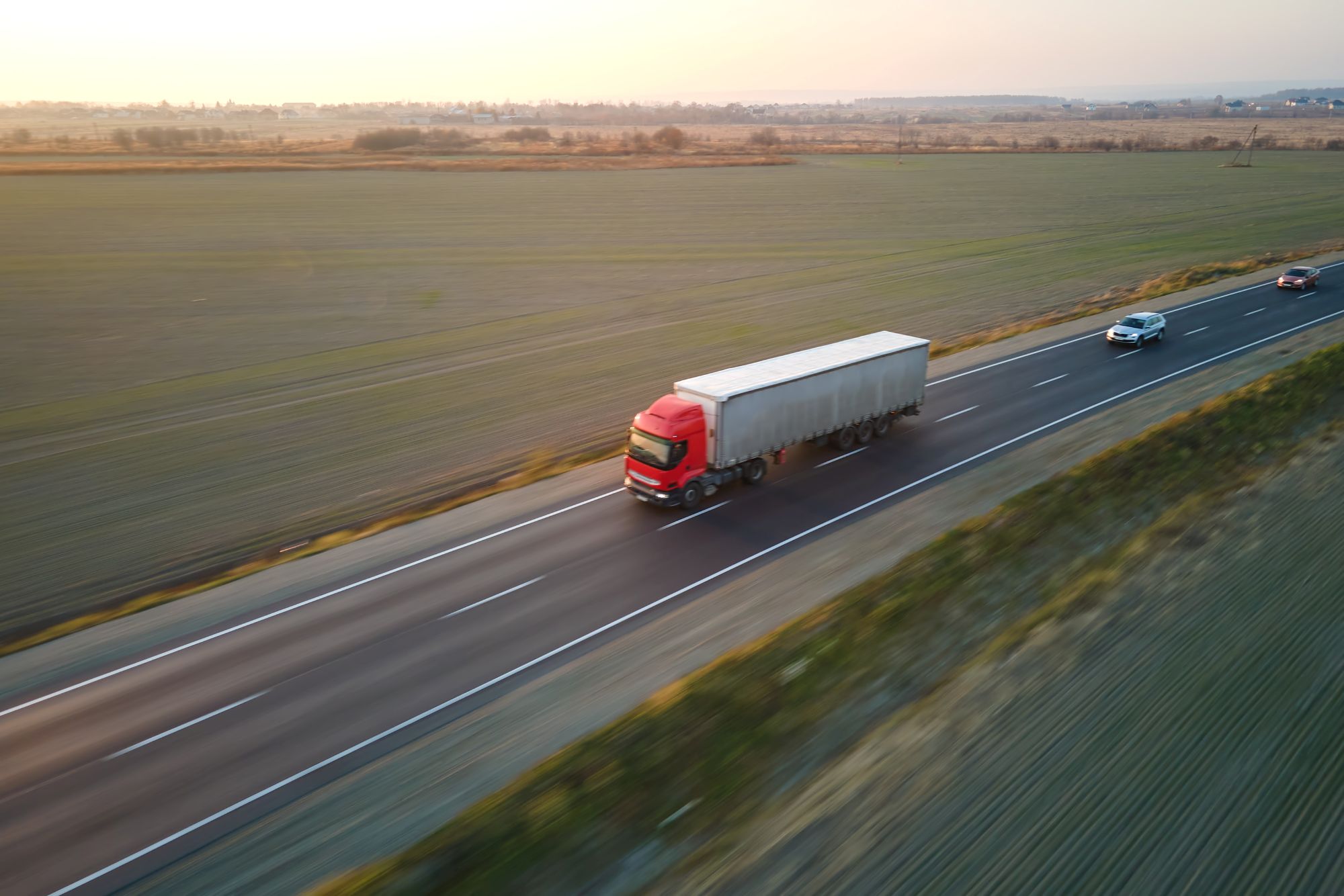
Susie Jones
UK Fahrermangel: Verbessern sich die Zahlen?
Erstellt: 12.02.2025
•
Aktualisiert: 12.02.2025
Jedem, der im Transportgewerbe tätig ist, ist der Begriff "Fahrermangel" nicht fremd - ein Ausdruck, der seit der COVID-19 und dem Brexit, der den Sektor erschütterte, nur allzu häufig zu hören ist. Das Vereinigte Königreich wurde in dieser Zeit hart getroffen, da viele EU-Fahrer das Land verließen - ein großer Verlust, da europäische Fahrer einen erheblichen Teil der Lkw-Fahrerschaft ausmachten.
Sechs Monate nach unserem Artikel zu diesem aktuellen Thema untersuchen wir, wo der Sektor heute steht.
Zahl der Berufskraftfahrer in Großbritannien steigt.
Die von [Logistics UK] (https://motortransport.co.uk/uk-professional-driver-numbers-increase-by-more-than-a-fifth/25167.article) veröffentlichten Zahlen zeigen, dass die Zahl der beschäftigten Lkw-Fahrer im letzten Jahr um fast 55 000 gestiegen ist - ein Anstieg um 21 %.
Was hat sich geändert, um mehr Fahrer zu gewinnen?
Es wurden mehrere Initiativen ins Leben gerufen, um den Fahrermangel im Vereinigten Königreich zu beheben.
Finanzierung: Die Regierung hat 33 Initiativen ergriffen, um den Mangel zu beheben. Dazu gehören u. a. die Lockerung der Regeln für die Auslieferung von Supermärkten in der Nacht, Bootcamps für die Fahrerausbildung und die Erhöhung der Zahl der verfügbaren Fahrprüfungen.
Arbeitsbedingungen: Lkw-Fahrer haben im gesamten Vereinigten Königreich bessere Arbeitsbedingungen gefordert, wobei 55 % eine bessere Ausstattung wünschen. Die britische Regierung hat 16 Millionen Pfund für Lkw-Haltestellen bereitgestellt, um die Einrichtungen zu verbessern.
- Soziale Medien: Influencer haben eine wichtige Rolle dabei gespielt, die öffentliche Wahrnehmung der Branche zu verändern. Fahrer wie [Trucker Liam] (https://www.instagram.com/realtruckerliam/) und [Jodi Smith] (https://www.instagram.com/pinktrucker90/?hl=en) nutzen ihre Plattformen, um auf die Höhen und Tiefen der Arbeit in diesem Sektor hinzuweisen.
Es bleibt eine Altersdiskrepanz.
Logistics UK berichtet auch, dass die Zahl der Fahrer unter 35 Jahren zwischen dem dritten Quartal 2023 und dem dritten Quartal 2024 um 31 630 gestiegen ist. Dennoch ist die Branche nach wie vor auf ältere Fahrer angewiesen - mehr als 53 % sind 50 Jahre und älter.
In einem Bericht der RHA mit dem Titel [Lorry Drivers: The Vital Link] (https://www.rha.uk.net/news/news/detail/rha-report-200-000-hgv-drivers-needed-in-next-5-years) werden Initiativen vorgeschlagen, um jüngere Menschen für die Branche zu gewinnen:
Vollständige Umsetzung der 8 Gatsby-Benchmarks, um allen Schülern ein wirksames Berufsberatungssystem zur Verfügung zu stellen und das Bewusstsein zu stärken.
Verstärkte Zusammenarbeit mit Schulen und Hochschulen.
Entwicklung eines formalen Schul- oder Hochschulabschlusses wie z. B. eines T-Levels.
Einbindung von Logistikmodulen in den aktuellen Lehrplan.
Nutzung der von der Regierung geförderten Initiativen im Rahmen des Programms "Make Work Pay" (Arbeit lohnend machen), um die Logistik als einen zugänglichen und lohnenden Berufsweg zu präsentieren.

Was muss sich noch ändern?
Obwohl bereits damit begonnen wurde, den Fahrermangel zu bekämpfen, muss noch mehr getan werden, um eine Wiederholung des Jahres 2021 zu vermeiden:
Es müssen mehr staatliche Mittel für Lkw-Rastplätze zur Verfügung gestellt werden, um die Einrichtungen zu verbessern.
Laufende Unterstützung für angehende Fahrer, einschließlich Bootcamps zur Senkung der Ausbildungskosten.
Größere Flexibilität im Rahmen der neuen Wachstums- und Qualifikationsabgabe.
Zusammenarbeit mit Schulen und Hochschulen auf lokaler Ebene zur Förderung von Karrieren in der Industrie.
Warum verlassen Lkw-Fahrer die Branche?
Lkw-Fahrer verlassen die Branche aus einer Vielzahl von Gründen:
Alternde Belegschaft: Da viele Lkw-Fahrer über 50 Jahre alt sind, gehen in der Branche immer mehr Fahrer in den Ruhestand.
Arbeitszeiten: Der Beruf des Lkw-Fahrers ist ein einsamer Beruf, bei dem die Fahrer lange, unregelmäßige und unsoziale Arbeitszeiten hinter dem Steuer haben.
Arbeitsbedingungen: Es gab erhebliche Bedenken hinsichtlich des Zustands der Einrichtungen, langer Arbeitszeiten und unvorhersehbarer Zeitpläne.



